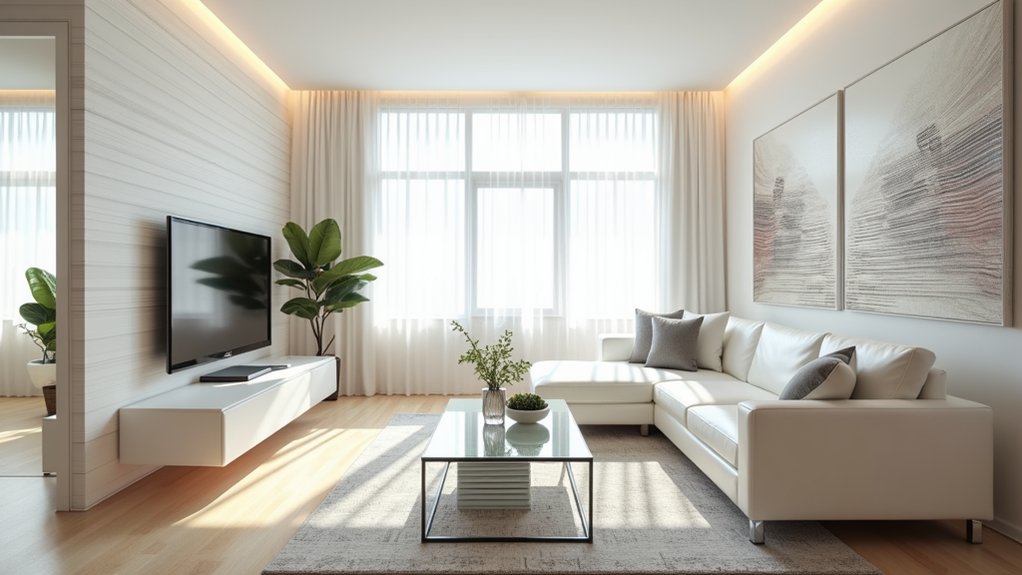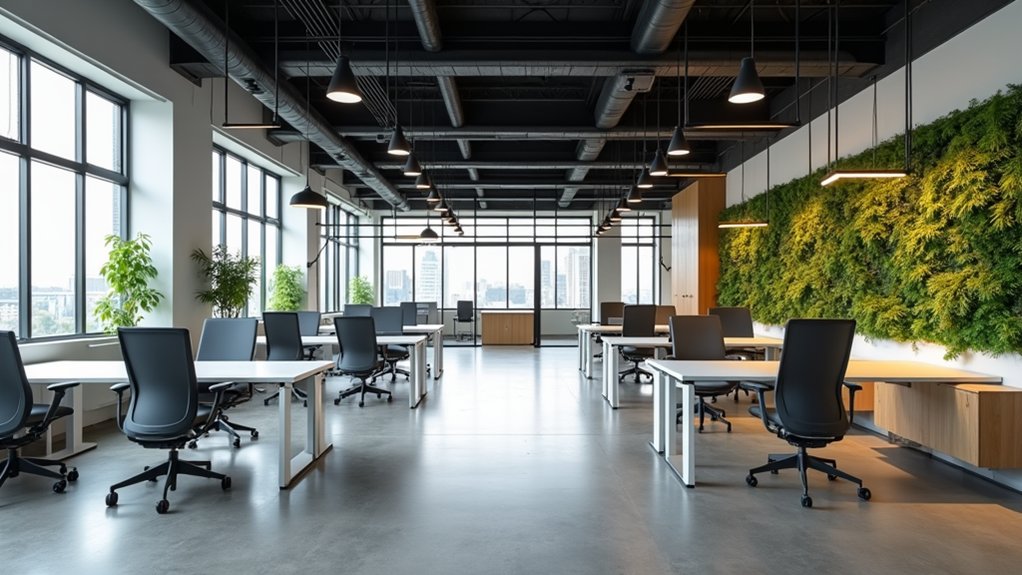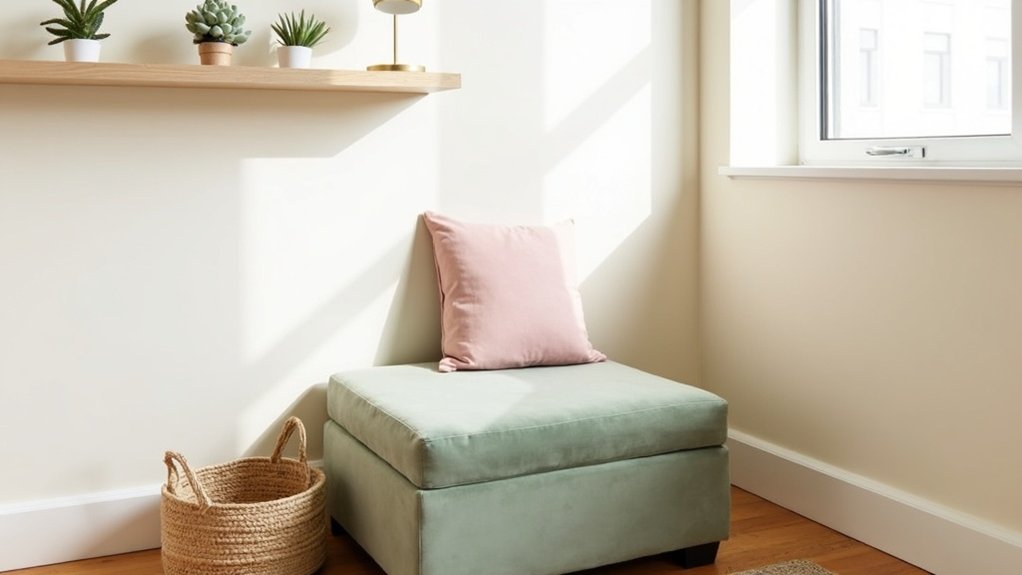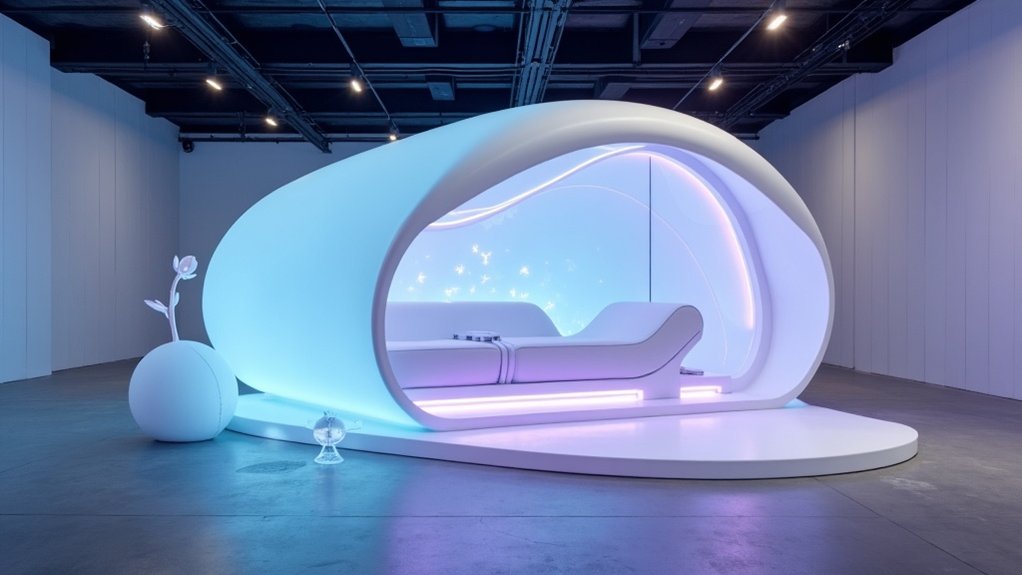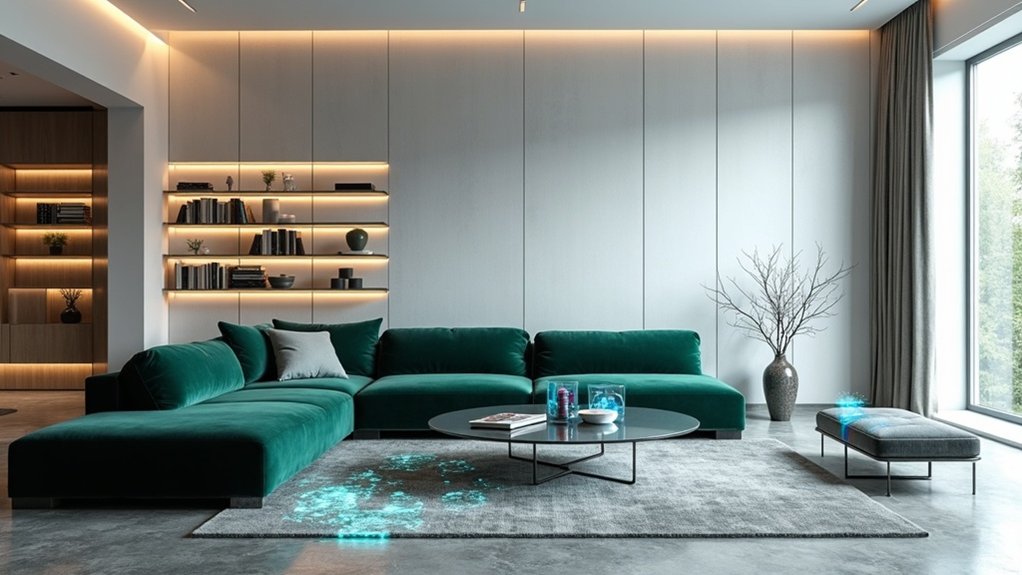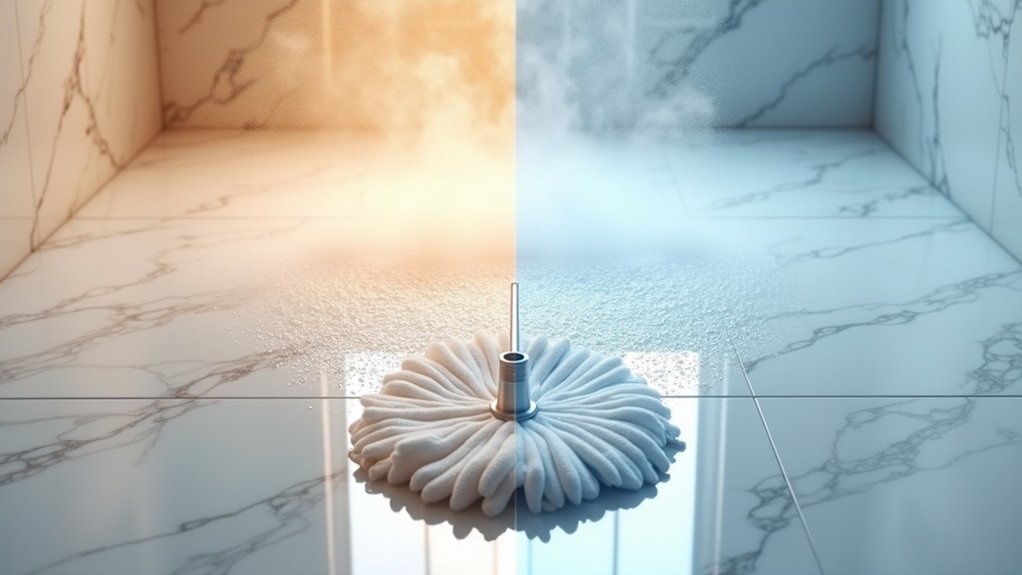Every homeowner facing the challenge of limited square footage knows the frustration of trying to make cramped quarters feel spacious and inviting. Yet interior designers have long understood that perception matters more than actual dimensions when creating an illusion of space. Through strategic application of color, light, and carefully chosen furnishings, even the tiniest rooms can feel surprisingly expansive.
Color drenching has emerged as a powerful technique for visually expanding confined spaces. By painting walls, ceilings, and woodwork in the same hue, designers eliminate harsh visual breaks that fragment a room. Soft neutrals and muted pastels naturally promote an airy atmosphere, while rich, bold colors create a cocooning effect without necessarily shrinking the space. The key lies in maintaining cohesion—contrasting trim or ceiling colors can break visual lines and actually reduce perceived size. Interior designer Sam Grigg emphasizes choosing colors that resonate personally and evoke the specific feelings you want to experience in the space.
Color drenching eliminates harsh visual breaks that fragment rooms, making even the smallest spaces feel surprisingly expansive.
Mirrors remain the most effective tool for amplifying space and light. Large mirrors positioned across from windows effectively double room dimensions while maximizing natural illumination. Tall, slender mirrors draw the eye upward, creating an impression of soaring ceilings, while mirrored backsplashes or feature walls can transform cramped kitchens into seemingly expansive culinary theaters. However, designers caution against mirrored furniture, which can create visual chaos rather than openness.
Combined with glossy finishes and reflective surfaces like polished marble, these elements work together to bounce light throughout the space.
Furniture selection and placement prove just as important in the quest for visual expansion. Pieces with exposed legs increase visible floor area, while low-profile designs maintain airiness by avoiding blocky silhouettes. Wall-mounted desks and floating shelves free up precious floor space, and strategic arrangement can direct sightlines to emphasize openness rather than constraints.
Window treatments deserve special consideration in small spaces. Curtains hung just below the ceiling create an illusion of height, while sheer fabrics maximize natural light penetration. Mounting blinds outside the window frame adds perceived width and height, transforming modest windows into grand architectural features.
The ultimate secret to spacious-feeling rooms lies in restraint. Minimalist décor, concealed storage solutions, and multi-functional furniture reduce visual clutter while maintaining functionality. Through these combined strategies, homeowners can transform their compact spaces into environments that feel both expansive and inviting.
